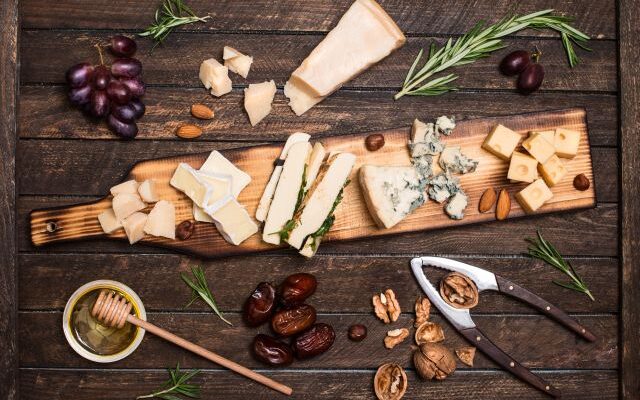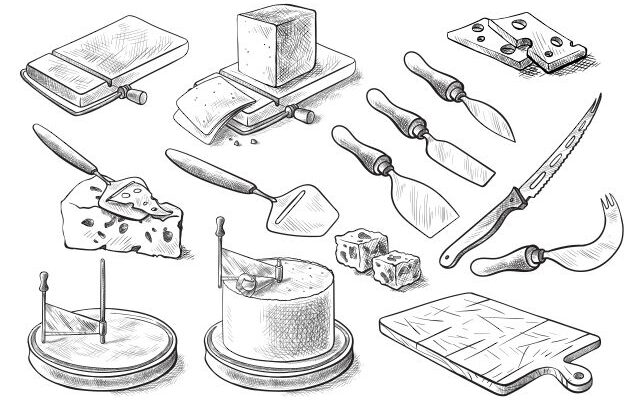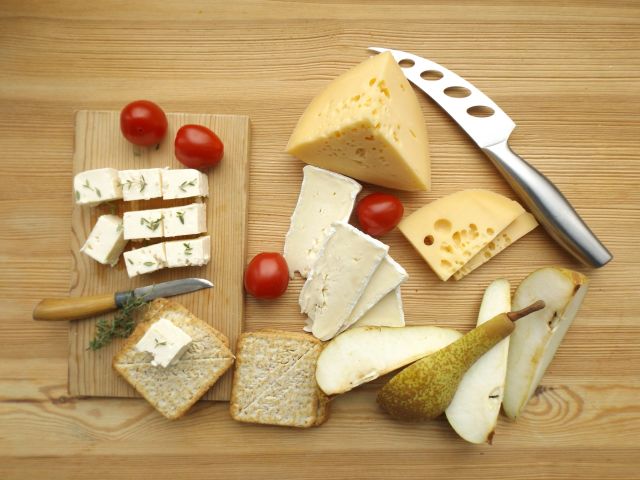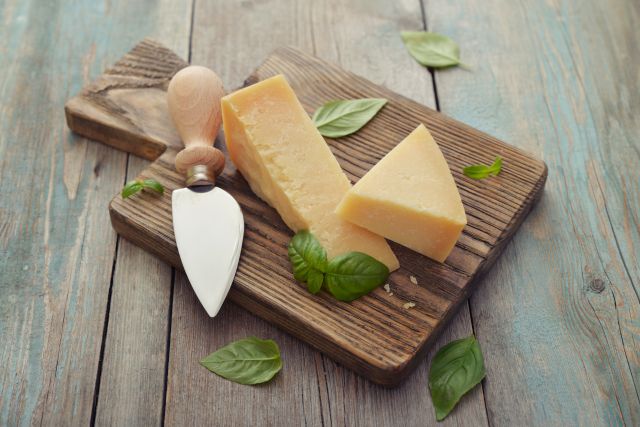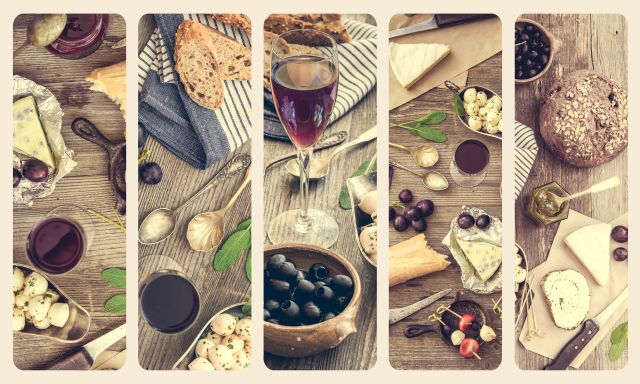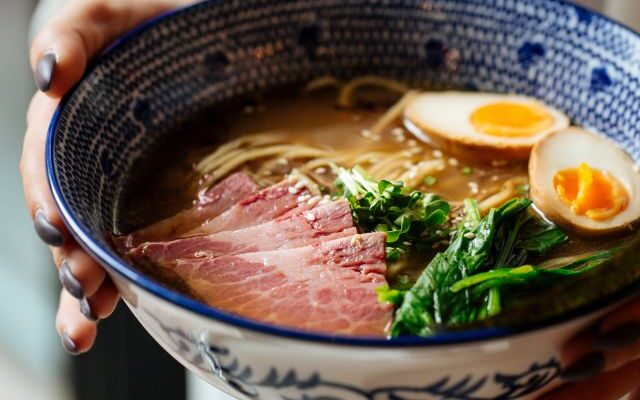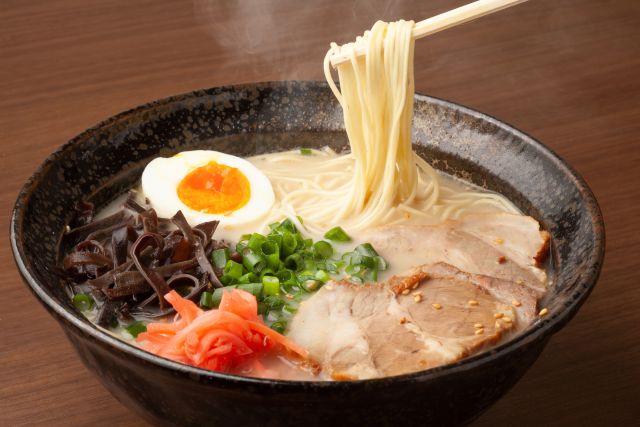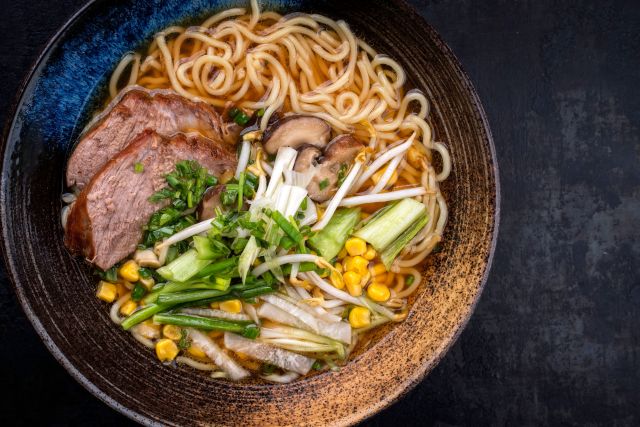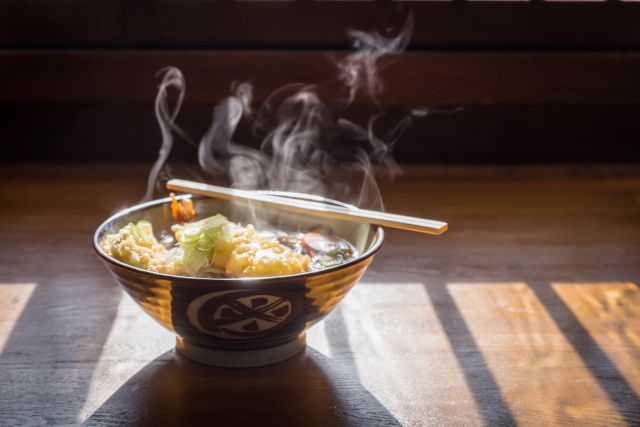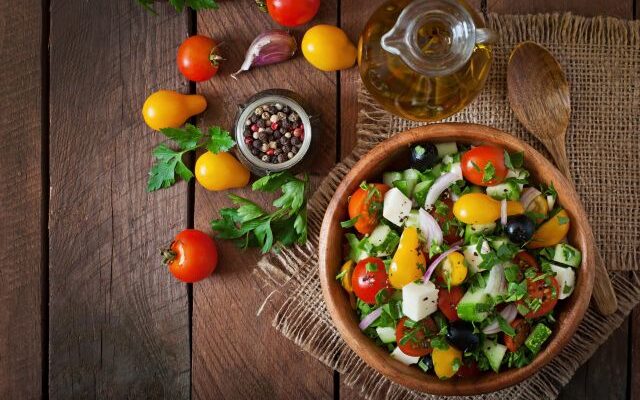The invention and production of cheese predate recorded history, with some saying it began over 7,000 years ago. Since then, over 1,800 types of cheese from various countries have emerged.
Like a chef using several knives to prepare their ingredients, cheese knives are used to improve cheese cutting and eating experience. In today’s article, we’ll go through all the different types of cheese knives available, including how they are used and cheeses you can pair them with!
A Summary of the Different Types of Cheese Knives
If you’re planning to host an afternoon party with delicious cheese plate appetizers, it’s vital to prepare the utensils that come with it. If you’re in a hurry, here are the different types of essential cheese knives listed in this article:
- Soft cheese knife
- Hard cheese knife
- Cheese spreader
- Gorgonzola knife
- Pronged cheese knife
- Cheese cleaver
- Parmesan knife
- Plane knife
- Brie knife
Cheese Knife 101: Your One-Stop Guide to Cheese Knives!
As follows are nine of the most commonly used cheese knives in the world!
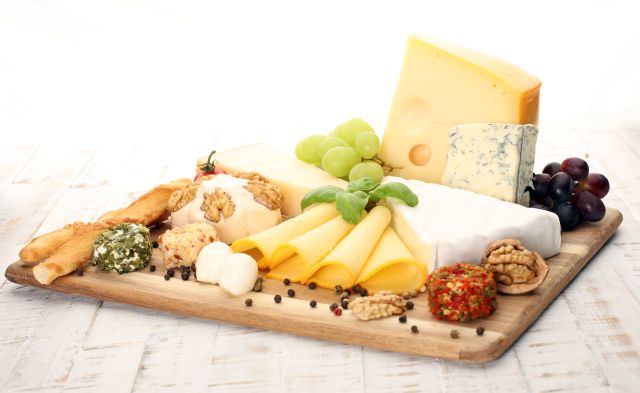
Soft Cheese Knife
Soft cheese knives are meant to deal with the extra soft cheese types that may leave streaks behind.
This type of knife allows you to present pieces of cheese more attractively than cheese cut with standard knives. Their blades come with holes to prevent the cheesy form from latching onto the material. Some knives used to cut soft cheese come with a ridge. You’ll find it running lengthwise close to the blade’s top.
This knife is used for softer types of cheese, such as Camembert, for example.
Hard Cheese Knife
Rigid cheese knives feature a tough, large blade that’s made for cutting through a whole wheel or wedge of aged, hard cheese to achieve smaller portions. You’ll sometimes find them with handles on either end so you can cut your cheese evenly.
This knife is best used for hard cheeses, including Provolone, which is known for its difficulty to cut through using a household knife.
Cheese Spreader
Cheese spreaders, or spatula knives, are perhaps one of the most commonly used tools for soft, spreadable cheese. They have a dull, semi-round body with a straight edge that allows you to distribute extremely soft cheese with ease efficiently.
This knife best works for soft cheeses like Robiola, Stracchino, goat cheese, and cream cheese. I love eating cheese with bread, so this is a utensil I use at almost every cheese platter party.
Gorgonzola Knife
The gorgonzola knife looks quite similar to a cheese spreader. However, unlike cheese spreaders, this type of knife comes equipped with a sharp blade to cut through rinds found in crumbly cheese like Gorgonzola and Bleu cheese. It’s also slightly tilted to allow you to spread soft to semi-soft cheese quickly.
Pronged Cheese Knife
This multipurpose tool allows you to not only cut a piece of the cheese but can also utilize the prongs to put your chosen piece directly on your plate. It’s often referred to as a forked-tipped spear. The knife has a narrow blade, thereby preventing the softer cheese types from sticking or leaving streaks behind.
If you love eating semi-soft to semi-hard cheeses like Parmesan, Cheddar, and Brie, this knife is a must-have.
Cheese Cleaver
Cheese cleavers, also referred to as mini cleavers, cheddar cleavers, or semi-hard cheese knives, have wide blades meant for cutting hard types of cheese. They’re like the meat cleaver’s baby brother.
This knife is best used for, you guessed it, semi-hard cheese like Cheddar and Pepper Jack.
Parmesan Knife
Parm knives, also known as bell knives, almond knives, pear knives, and heart knives, have sharp tips to help chip away at hard cheese. They also have a sharp edge to cut rinds open.
When shopping around for parmesan knives, you’ll find them in two distinct styles: the bell cheese knife with an arrow-head shaped blade and another knife that has a compact size. Its edge looks precisely like a shark tooth. Both of them have the same functions as cutting cheese.
Use this knife for cutting through hard cheeses such as Parmesan, Castelmagno, and Grana Padano.
Plane Knife
Plane knives, sometimes called flat knives and cheese slicers, allow you to slice pieces of cheese thinly. They’re essentially a small trowel with a blade embedded in the flathead.
To get a uniform slice of cheese, you’ll need to pull the blade across a cheese wedge or block. As a result, the piece will rest on the knife’s edge, thereby making your serving mission easier.
Similar to cheese cleavers, this knife is used for soft semi-firm cheese like Jack, Cheddar, or Jarlsberg.
Brie Cheese Knife
This type of cheese knife is used to cut through more difficult cheese. It has a sharp point that allows you to pierce the cheese, so it’ll effortlessly break into bite-sized crumbles.
Brie knives come with an offset thin blade that makes it easier to cut through soft cheese without pushing the paste out of the crust. They also allow you to cut varieties of soft cheese cleanly without them sticking all over the blade, so you can serve soft cheeses while keeping their lovely original shape and creating a neat display on your cheese platter.
Other Important Cheese Tools
When you buy knife kits, don’t be surprised to find some additional tools. These are meant to help you cut and serve. Here are some of the more common cheese tools you may encounter while shopping for cheese knives:
Cheese Wire
Cheese wires, or bow knives, are meant to cut delicate cheese types without affecting their firmness. They’re usually found in a bow shape or attached to a cheese board with an indent for the wire. The wire would be lowered down gently through the cheese, leaving a clean slice behind.
The knife’s wire can be used to carve through the thickest pieces of cheese, aided by the robust handle. It’ll cut through hard cheeses like a sharp knife cuts into butter.
Cheese Grater
Cheese graters are tools used to shred cheese. They typically have razors on more than one side to produce different size shreds when a block of cheese is pressed down against the grooves. You can also use a cheese grater to shred a variety of other foods.
Girolle Cheese Scraper
Girolles or cheese curlers are a traditional tool that’s used to scrape some types of Swiss cheese into distinctive shapes, such as mushrooms and roses. They typically come with a wooden base plate, a stainless steel shaping knife, and a central shaft fixing screw.
Cheese Forks
Cheese forks, also known as serving knives, come with two big prongs for serving cheese to guests or holding large blocks of cheese while you cut harder, firmer cheese.
How to Properly Cut Cheese
Knowing how to cut cheese properly ensures that everyone at the table gets an equitable, bite-sized nibble. Here are some tips to keep in mind when slicing cheese:
Cutting Semi-Soft Cheese Wedges
If you’re cutting a type of cheese that’s semi-soft, you can follow these steps:
- Cut the wax that surrounds the cheese.
- Cut the large wedge into two halves.
- Slice each half into two halves again, lengthwise.
- If the wedge is too large, you can cut each piece in half again vertically.
If you’d rather cut semi-soft cheese Alpine-Style, follow the same instructions, but keep the rind on the top edge for serving.
Cutting Firm or Semi-Firm Wedges
Here’s how you should cut a long, narrow wedge of the firm or semi-firm cheese:
- Slice the whole cheese into two halves.
- Cut the smaller part into thin wedges.
- Rotate the other half perpendicularly and cut into thin wedges.
Cutting Blocks
The right cutting pattern will turn chunks of cheese into an elegant pile of cubes that everyone would want a taste of. Here are the steps:
- Cut your cheese in half to create two rectangular portions.
- Cut along the width of the parts about 1/8-inch thick to make slices.
- If you prefer, you can cut each rectangular piece diagonally to form two triangles.
Cheese Cutting Etiquette
When you’re planning for a party or setting up a cheese plate or cheese board, keep these tips in mind:
Cut Your Cheese at the Right Temperature
Before cutting your cheese, allow it to cool down to room temperature before cutting. This will enable you to cut the cheese easier.
Cut Your Cheese Properly
Nothing ruins a cheese platter more than improperly sliced cheese. Even if your cheese is the tastiest in the world, no one will truly appreciate its beauty and taste without proper serving.
If you’re serving Brie, Camembert, or Taleggio, cut them into small wedges like pies so they’ll be easier to handle. Hard and semi-hard cheeses are best to cut into cubes if you’re serving them as table snacks for formal settings. If you’re serving them in cheese plates, make them into large pieces. That way, the guests can only take the amount they need and leave the rest.
Crumbly cheeses should be sliced with wide, rectangular, open-surface blades to prevent the blue veins from sticking to the knife, while soft-ripened cheese should be cut with a blade that has a hollow edge.
If you’re serving any type of fresh goat cheese, you’ll want to put a large portion on the platter. For cutting, you’ll want to place a butter knife close by. That way, the guests won’t get confused about cutting and spreading the buttery cheese.
Pair Your Cheese With the Right Drink
Choose the right drink to pair with your cheese. Mild and creamy cheeses pair well with something light like Oolong or Pu’er tea. Firm and aged cheeses go great with chicha Morada and hot chocolate, thanks to piquant and sweet contrast.
Final Thoughts
Using different types of cheese knives is all about keeping the cheese in its original form and in a presentable shape after cutting. If you’re planning to serve a cheese platter, it’s essential to provide a separate cheese knife for each cheese to prevent the flavors from mixing into each other.
